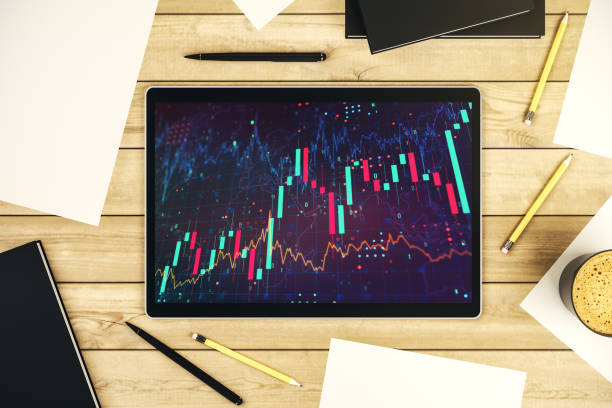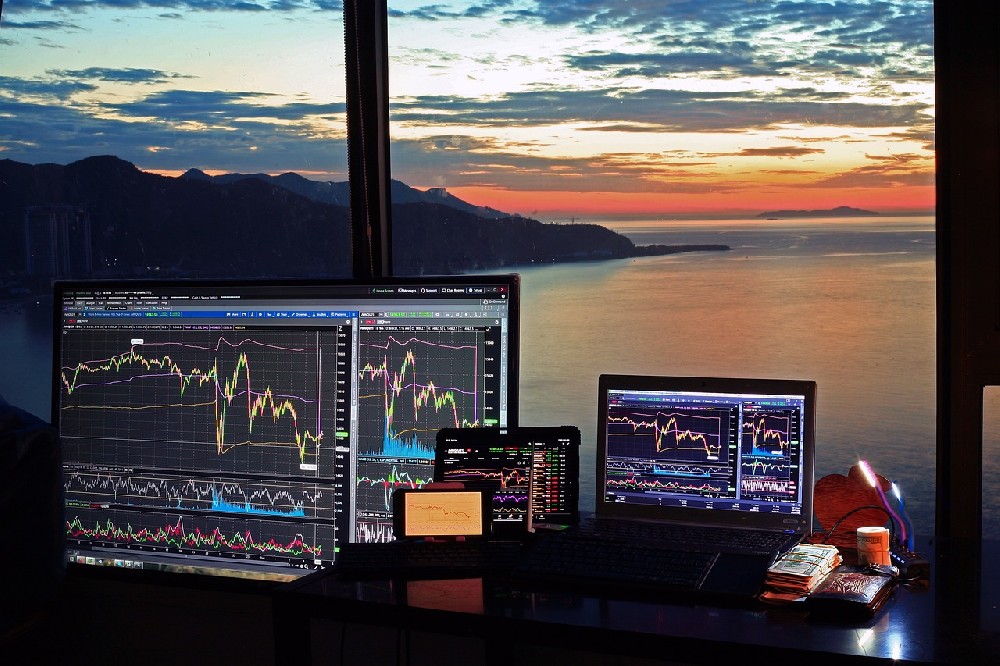Futures are contracts that obligate the buyer or seller to exchange an asset or commodity at a specified future date and price. They are used for hedging, speculation, and arbitrage purposes in the global market. Futures can be based on various underlying assets, such as currencies, commodities, indices, stocks, bonds, and interest rates.
However, futures trading also involves significant risks, as the price of the underlying asset can fluctuate unpredictably and rapidly. Therefore, traders need to use effective risk management techniques, such as setting up stop loss and take profit orders, to protect their capital and lock in their profits.
What are stop loss and take profit orders?
Stop loss and take profit orders are types of limit orders that specify the exact price at which to close out an open position for a loss or a gain. If the price of the security does not reach the limit price, the order does not get filled.
Stop loss orders are orders with instructions to close out a position by buying or selling a security at the market when it reaches a certain price known as the stop price. They are used to limit the potential loss and reduce the risk of holding a losing position.
Take profit orders are orders with instructions to close out a position by buying or selling a security at the market when it reaches a certain price known as the take profit price. They are used to lock in the potential gain and secure the profit of holding a winning position.
How to use stop loss and take profit orders in futures trading?
Traders can use stop loss and take profit orders in conjunction with their entry strategy and risk-reward ratio. The risk-reward ratio is the measure of risk taken in exchange for potential rewards. Generally, it is better to enter trades that have a lower risk-reward ratio as it means that the potential profits outweigh the potential risks.
For example, a trader may use a 1:2 risk-reward ratio, which means that for every $1 of risk, they expect to make $2 of profit. If the trader enters a long position at $100, they may place a stop loss order at $95 and a take profit order at $110. This way, the trader limits their loss to $5 and targets their profit to $10.
There are different ways to determine the optimal stop loss and take profit levels for each trade, depending on the trading style, time frame, and market conditions. Some of the common methods are:
Using technical analysis, such as chart patterns, trend lines, support and resistance levels, and indicators, to identify the potential reversal points or breakout levels.
Using fundamental analysis, such as economic data, news events, and market sentiment, to anticipate the potential impact of external factors on the price movements
Using money management techniques, such as the Kelly criterion, the fixed percentage method, or the volatility method, to calculate the optimal position size and risk exposure based on the expected return and the historical volatility of the asset.
Benefits and drawbacks of stop loss and take profit orders
Stop loss and take profit orders can provide several benefits for traders, such as:
Automating the exit strategy and reducing the emotional stress of trading.
Protecting the trading account from outsized losses and securing the profits from favorable moves.
Maintaining discipline and sticking to the trading plan and objectives.
However, stop loss and take profit orders also have some drawbacks, such as:
Triggering false signals and premature exits due to market noise and volatility.
Missing out on further gains or incurring further losses due to price gaps and slippage.
Limiting the flexibility and adaptability of trading to changing market conditions.
Therefore, traders need to use stop loss and take profit orders wisely and adjust them according to their risk tolerance, trading style, and market situation. They also need to monitor the market trends, momentum, volume, and indicators to evaluate the performance and validity of their orders. By doing so, they can enhance their trading efficiency and profitability







